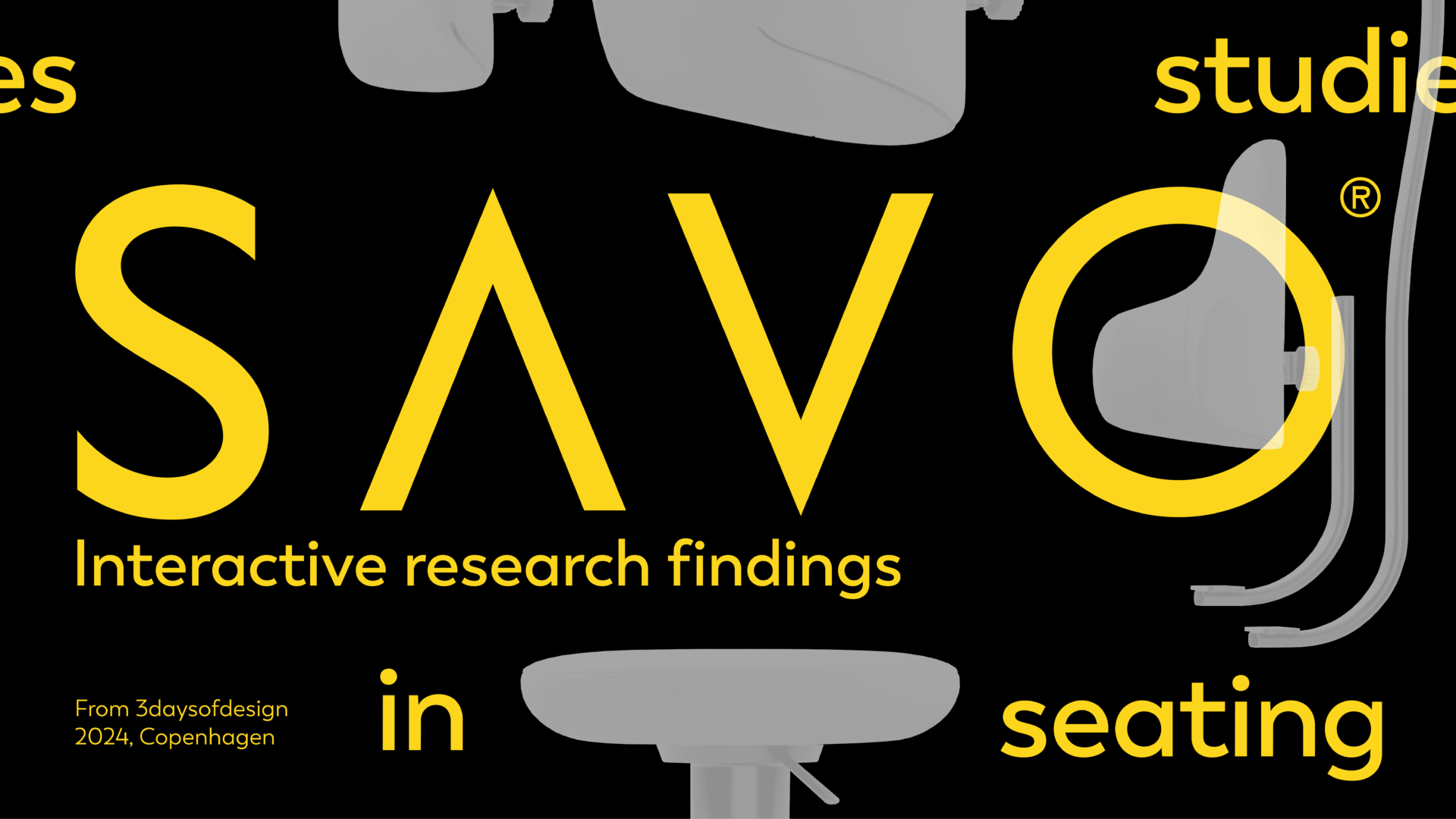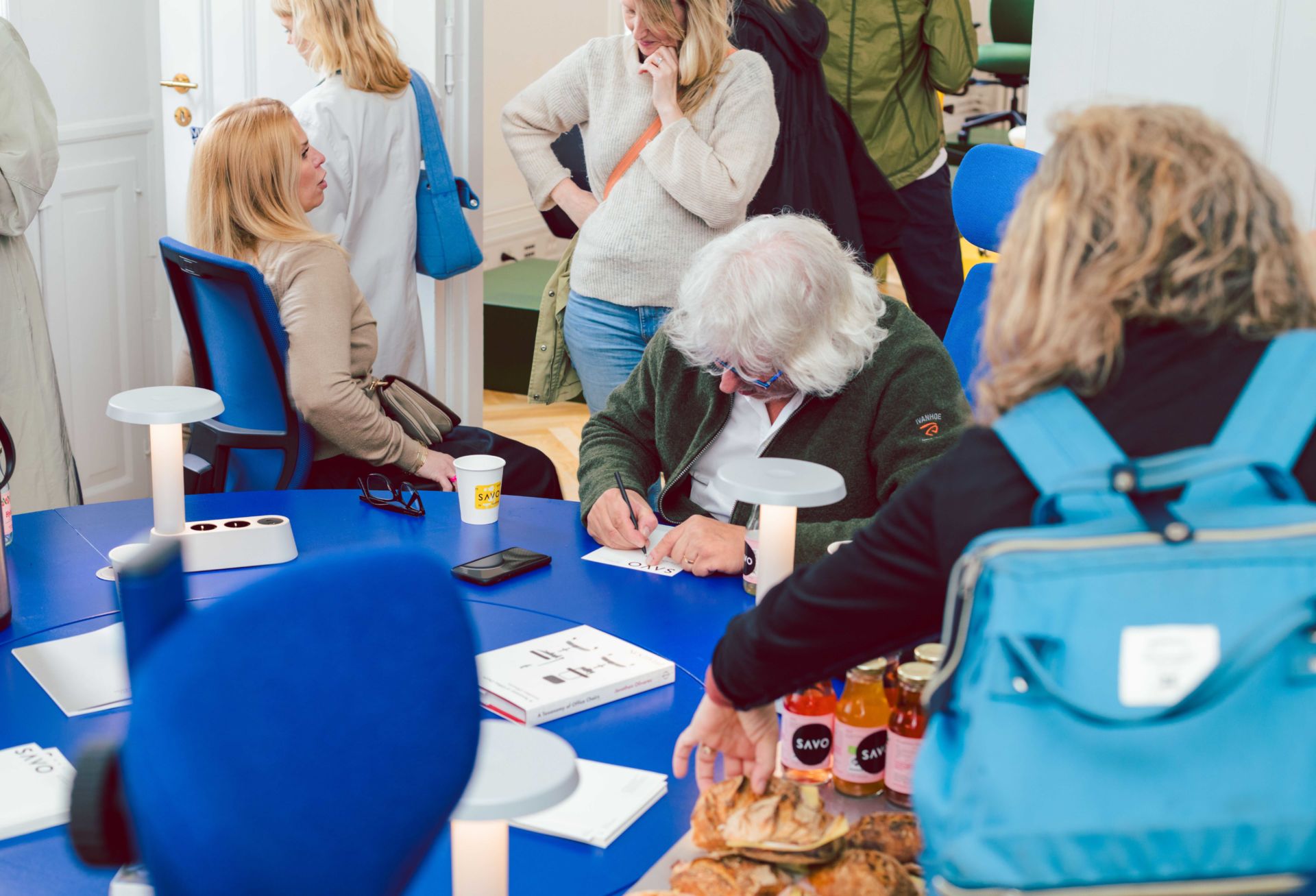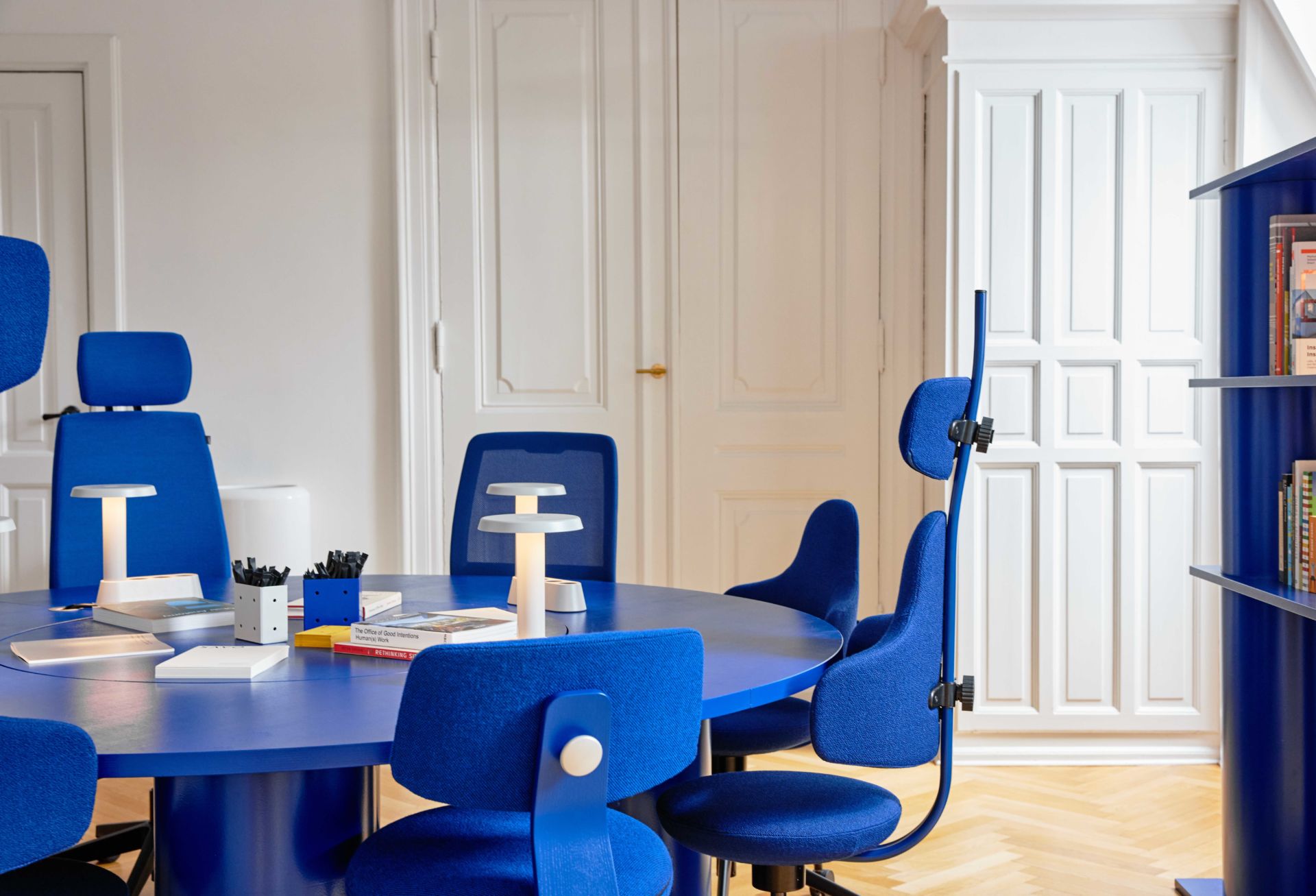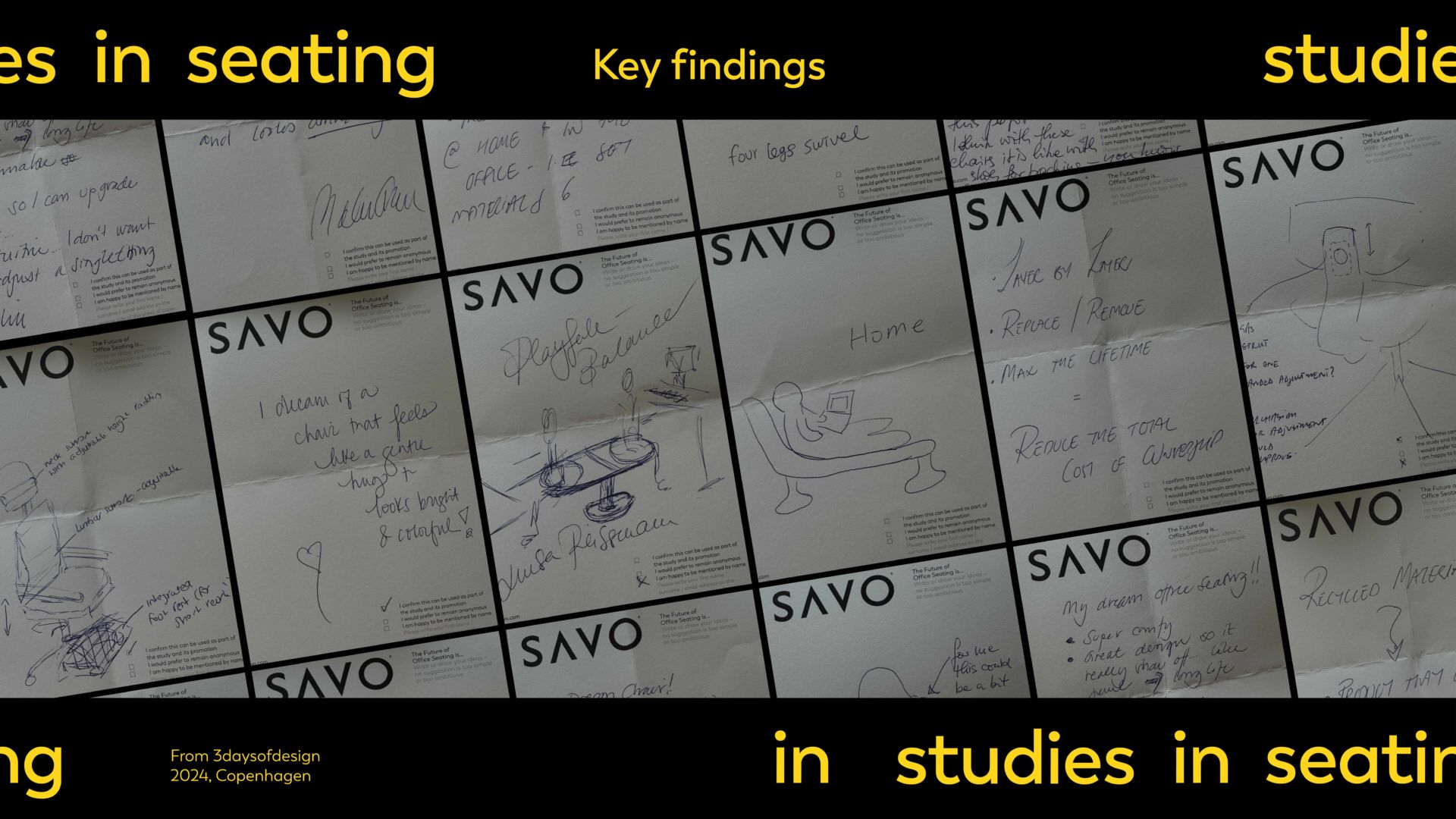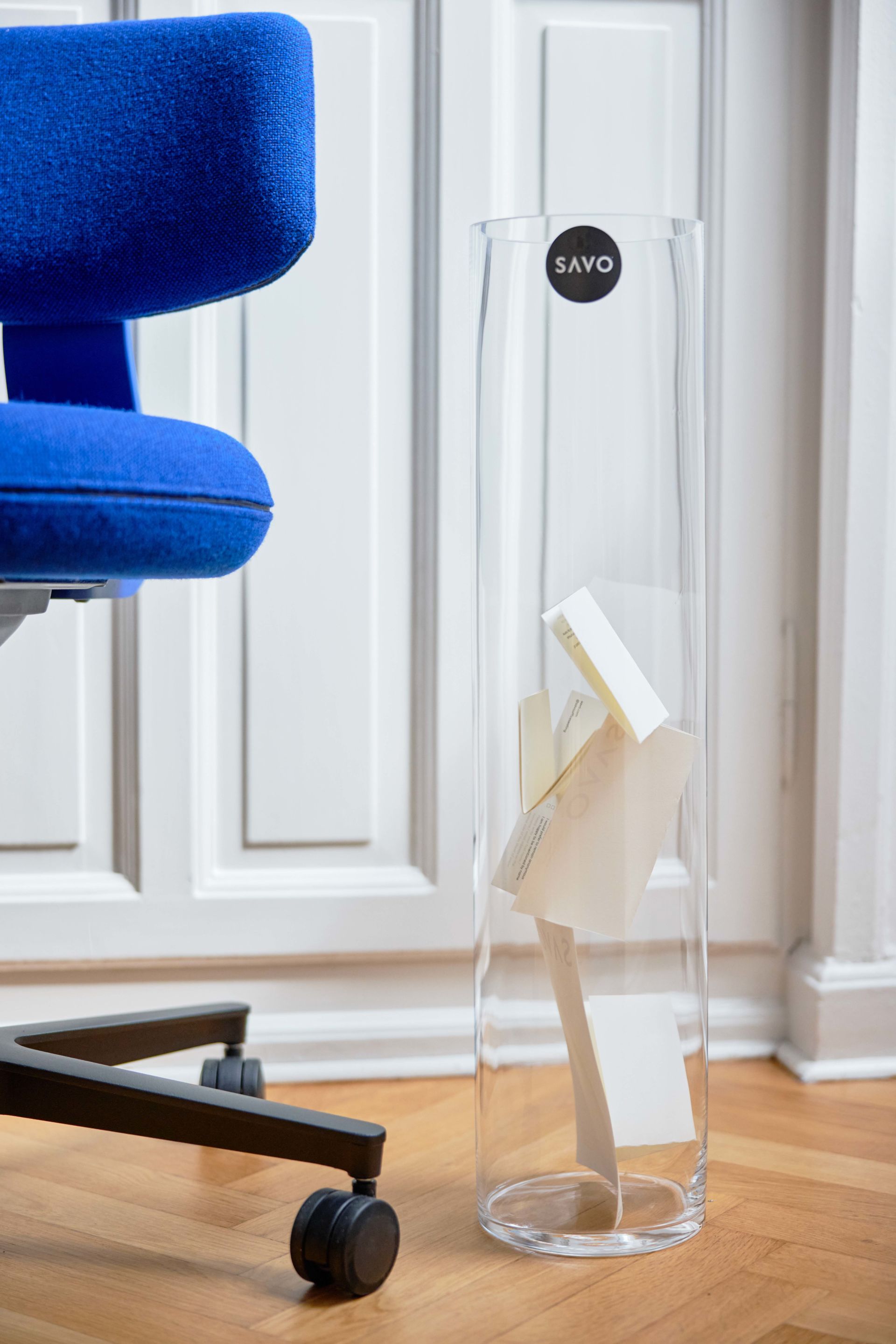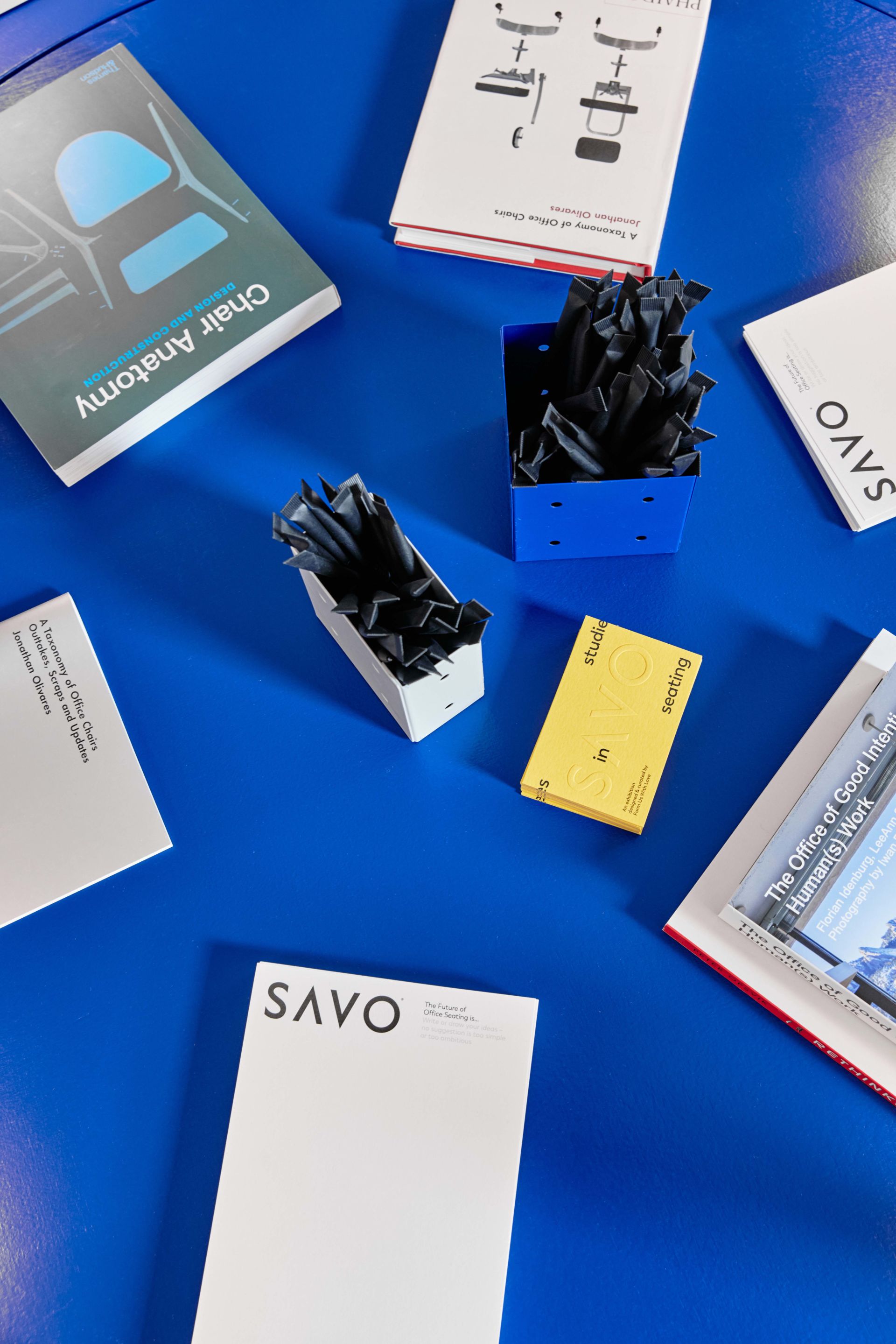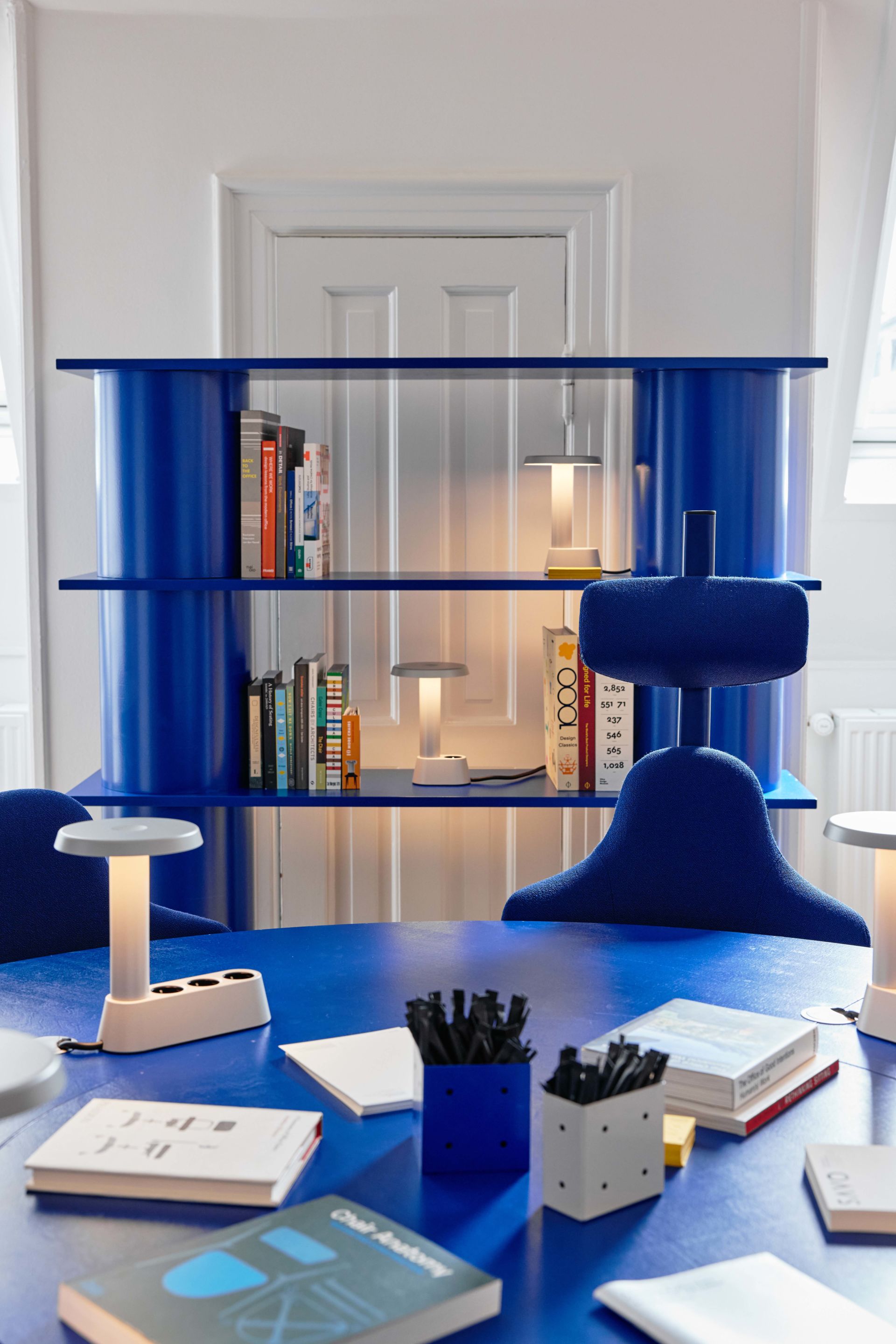Key Findings from the Exhibition
Hybrid Workspaces Demand Hybrid Seating Solutions
In today’s evolving hybrid work environments, office spaces need to balance functionality with comfort. Insights from Savo’s interactive Studies in Seating exhibition highlighted that seating solutions should create a welcoming, home-like atmosphere. As workspaces evolve, seating must seamlessly combine functionality with comfort to ensure employees feel at ease—especially during long workdays.
Three Pillars of Design: Longevity, Sustainability, and Modularity
For design-conscious and eco-aware consumers, sustainability is no longer just a preference—it’s a necessity. Visitors emphasized the importance of investing in well-designed, durable products that stand the test of time. Longevity, sustainability, and modularity were highlighted as the key pillars for future chair design. Modular systems, in particular, play a crucial role by allowing components to be easily replaced or upgraded, extending the product’s lifespan while minimizing waste.
No Compromise on Ergonomics and Comfort
Ergonomics and comfort are essential in office chairs. Visitors stressed the importance of designs that promote healthy posture, with seating that can be adjusted to individual needs throughout the workday. This focus on ergonomic design reflects a desire for seating that unites functionality and comfort, enabling users to work comfortably without sacrificing their well-being.
Design and Innovation Go Hand in Hand
The feedback indicated that good design and innovative seating solutions go far beyond basic functionality. Visitors expressed a desire for features like footrests, soft seat cushions, and adaptable modular components. The preference for seating that looks cozy and inviting underscores that aesthetics should not be an afterthought. This highlights that innovative seating solutions should not only serve a functional purpose but also create an emotional connection and enhance the overall workplace experience.
Inclusion and Adaptability Are Essential
Respondents called for seating solutions that cater to a wide range of users, including those with specific needs. Chairs should be intuitively easy to use and require minimal adjustments, while naturally adapting to the body’s movements. Inclusive and intuitive design ensures that office seating is not only accessible but also user-friendly for everyone.
